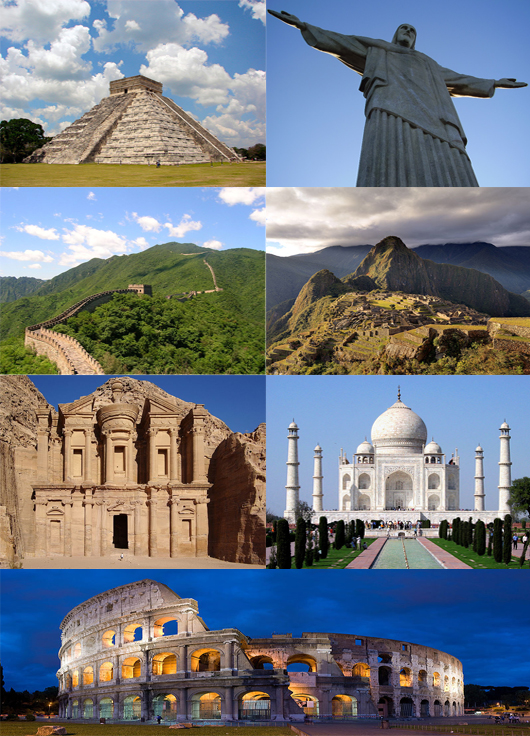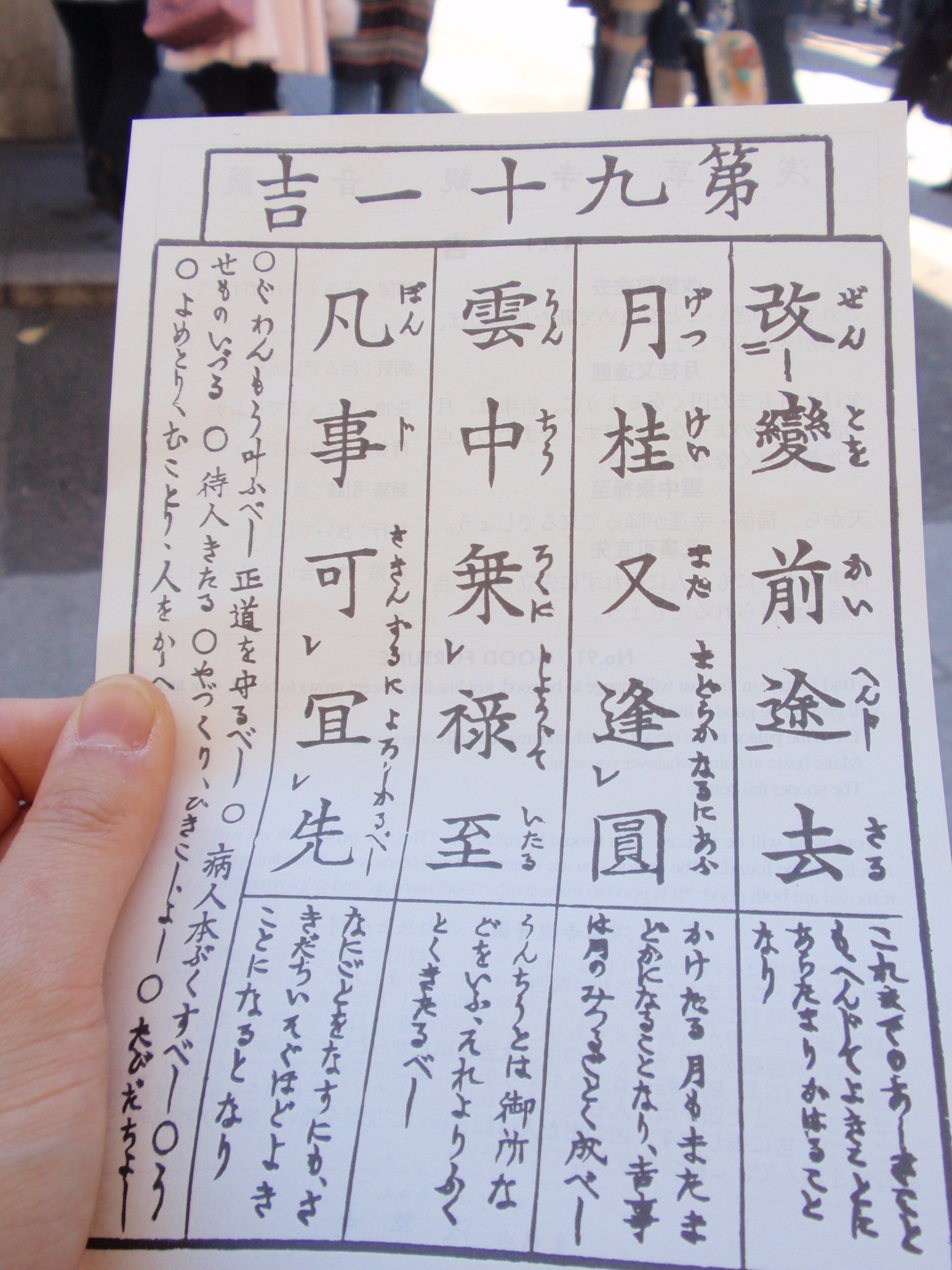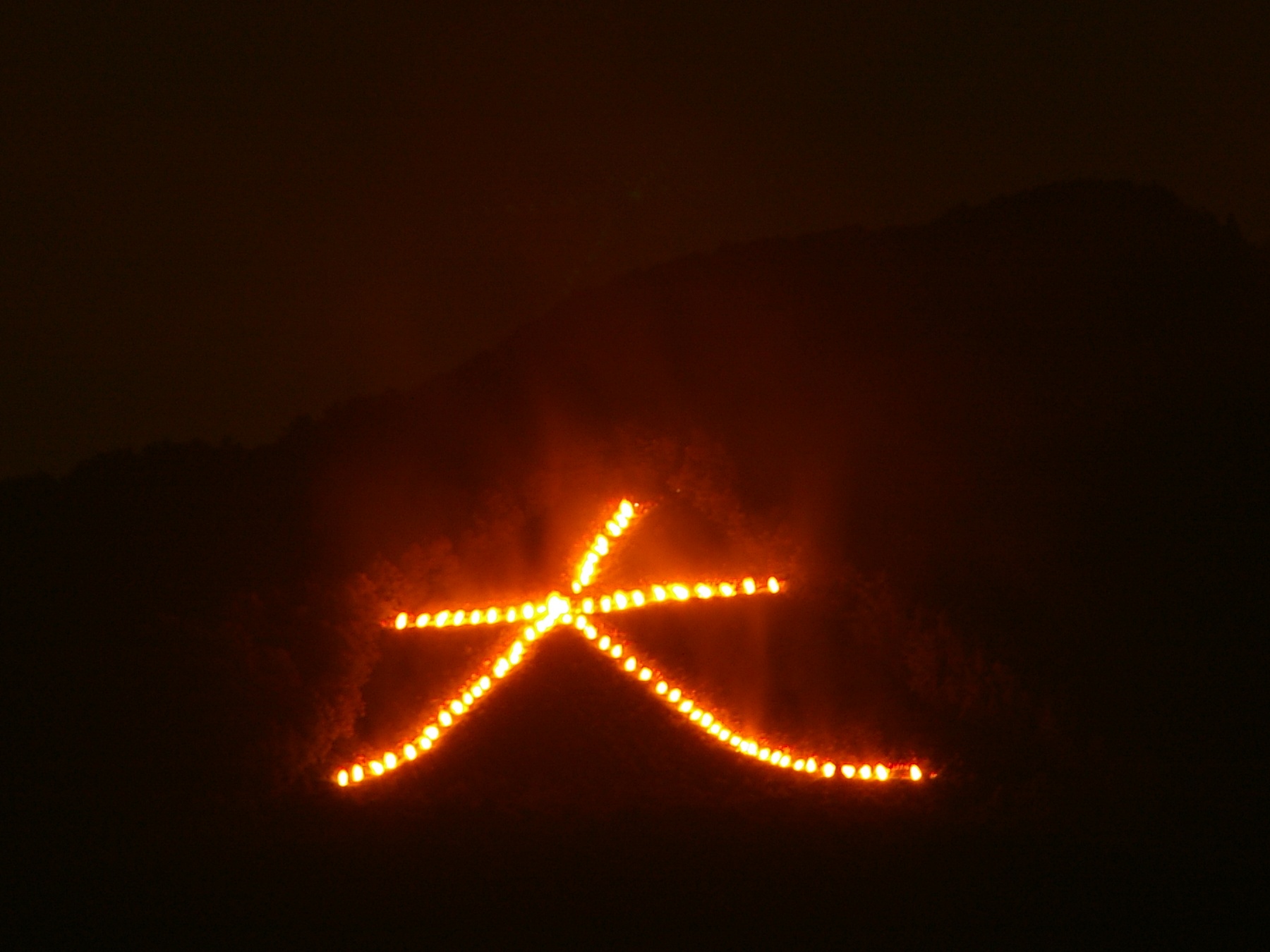|
Kiyomizu
is a Buddhist temple located in eastern Kyoto, Japan. The temple is part of the Historic Monuments of Ancient Kyoto (Kyoto, Uji and Otsu Cities) UNESCO World Heritage site. History Kiyomizu-dera was founded in the early Heian period. By 778, it was owned by the Buddhist Kita-Hosso sect under Enchin Shonin. He was a priest from Nara (capital of Japan from 710 to 784), who received a vision to construct the temple next to the Otowa spring. In 798, the ''shogun'' Sakanoue Tamuramaro, improved the site by including a large hall that was reassembled from the palace of Emperor Kammu (r. 781–806). The emperor left Nara due to the strong influence that the Buddhist monasteries had on the government there. During this period there was a strong rivalry between the Kofuku-ji and the Kiyomizu-dera temples and both had strong influences around the region. The temple's present buildings were constructed in 1633, ordered built by Tokugawa Iemitsu. There is not a single nail used in ... [...More Info...] [...Related Items...] OR: [Wikipedia] [Google] [Baidu] |
Kyoto
Kyoto (; Japanese: , ''Kyōto'' ), officially , is the capital city of Kyoto Prefecture in Japan. Located in the Kansai region on the island of Honshu, Kyoto forms a part of the Keihanshin metropolitan area along with Osaka and Kobe. , the city had a population of 1.46 million. The city is the cultural anchor of a substantially larger metropolitan area known as Greater Kyoto, a metropolitan statistical area (MSA) home to a census-estimated 3.8 million people. Kyoto is one of the oldest municipalities in Japan, having been chosen in 794 as the new seat of Japan's imperial court by Emperor Kanmu. The original city, named Heian-kyō, was arranged in accordance with traditional Chinese feng shui following the model of the ancient Chinese capital of Chang'an/Luoyang. The emperors of Japan ruled from Kyoto in the following eleven centuries until 1869. It was the scene of several key events of the Muromachi period, Sengoku period, and the Boshin War, such as the Ōnin War, the Ho ... [...More Info...] [...Related Items...] OR: [Wikipedia] [Google] [Baidu] |
Historic Monuments Of Ancient Kyoto (Kyoto, Uji And Otsu Cities)
The UNESCO World Heritage Site Historic Monuments of Ancient Kyoto (Kyoto, Uji and Otsu Cities) encompasses 17 locations in Japan within the city of Kyoto and its immediate vicinity. In 794, the Japanese imperial family moved the capital to Heian-kyō. The locations are in three cities: Kyoto and Uji in Kyoto Prefecture; and Ōtsu in Shiga Prefecture; Uji and Ōtsu border Kyoto to the south and north, respectively. Of the monuments, 13 are Buddhist temples, three are Shinto shrines, and one is a castle. The properties include 38 buildings designated by the Japanese government as '' National Treasures'', 160 properties designated as '' Important Cultural Properties'', eight gardens designated as ''Special Places of Scenic Beauty'', and four designated as ''Places of Scenic Beauty''. UNESCO listed the site as World Heritage in 1994. Selection criteria Kyoto has a substantial number of historic buildings, unlike other Japanese cities that lost buildings to foreign invasions and war; ... [...More Info...] [...Related Items...] OR: [Wikipedia] [Google] [Baidu] |
List Of Buddhist Temples In Kyoto
There are 1,600 Buddhist temples scattered throughout the prefecture of Kyoto. Nara period in Kyoto (710-794) * , also known as or . * Otagi Nenbutsuji Temple Heian period in Kyoto (794-1229) * , also known as the .Ponsonby-Fane, p. 110. * . * . * , formally identified as .Ponsonby-Fane, p. 111. — World Historical Heritage Site* .* . * , formally identified as . **, destroyed in 1233 and never rebuilt. * .Ponsonby-Fane, p. 112. * .* .Ponsonby-Fane, p. 113. * , after 986 known more popularly as . * .Ponsonby-Fane, p. 114. **.Takagaki, Cary Shinji. (1999)"The Rokusho-ji, the six superiority temples of Heian Japan," p. 2./ref> **. **. **. **. **. * .Ponsonby-Fane, p. 115. * , also spelled Kwajū-ji. * , formally identified as . * . * . Hōjō in the Kamakura period in Kyoto (1221-1333) * . * . * , formerly . * . * . * Ryūhon-ji. * . * Nishi Otani Betsuin. Ashikaga in the Muromachi period in Kyoto (1333-1582) * Tōjo-in. * Tōjo-ji. * , formally identif ... [...More Info...] [...Related Items...] OR: [Wikipedia] [Google] [Baidu] |
Higashiyama-ku, Kyoto
is one of the eleven wards in the city of Kyoto, in Kyoto Prefecture, Japan. History It was created in 1929 when it was split off from Shimogyō-ku. During the years 1931 to 1976 it also covered the area of present-day Yamashina-ku, which was an independent town until its merger into the city in 1931. The name literally means "Eastern Mountain District". Due to the restrictions against urban development, the population inside the ward is continually decreasing. Higashiyama-ku has the lowest population of all the wards in Kyoto, and a disproportionate number of elderly people. Geography Interposed between the Kamo River and the Higashiyama mountain range, Higashiyama-ku is roughly bounded by the Sanjō street in the north, and the Jūjō street in the south. Historically, this area lay outside the official boundaries of the city of Kyoto. The western part consists mainly of residential areas, whereas the eastern part is covered by forests. In the north, between the Kamo ... [...More Info...] [...Related Items...] OR: [Wikipedia] [Google] [Baidu] |
Sakanoue No Tamuramaro
was a court noble, general and ''shōgun'' of the early Heian period of Japan. He served as Dainagon, Minister of War and ''Ukon'e no Taisho'' (Major Captain of the Right Division of Inner Palace Guards). He held the ''kabane'' of Ōsukune and the court rank of Junior Second Rank and was awarded the Order of Second Class. He was the son of Sakanoue no Karitamaro. Military career Serving Emperor Kanmu, Tamuramaro was appointed ''shōgun'' and given the task of conquering the Emishi (蝦夷征伐 ''Emishi Seibatsu''), a people native to the north of Honshū, which he subjugated. Recent evidence suggests that a migration of Emishi from northern Honshū to Hokkaidō took place sometime between the seventh and eighth centuries, perhaps as a direct result of this policy that pre-dated Tamuramaro's appointment. However, many Emishi remained in the Tōhoku region as subjects of the expanding Japanese Empire and later established independent Fushu domains. After Emperor Kanmu's deat ... [...More Info...] [...Related Items...] OR: [Wikipedia] [Google] [Baidu] |
New Seven Wonders Of The World
The New 7 Wonders of the World was a campaign started in 2000 to choose Wonders of the World from a selection of 200 existing monuments. The popularity poll via free Web-based voting and small amounts of telephone voting was led by Canadian-Swiss Bernard Weber and organized by the New 7 Wonders Foundation (N7W) based in Zurich, Switzerland, with winners announced on 7 July 2007 in Lisbon, at Estádio da Luz. The poll was considered unscientific partly because it was possible for people to cast multiple votes. According to John Zogby, founder and current President/CEO of the Utica, New York-based polling organization Zogby International, New 7 Wonders Foundation drove "the largest poll on record". The program drew a wide range of official reactions. Some countries touted their finalist and tried to get more votes cast for it, while others downplayed or criticized the contest. [...More Info...] [...Related Items...] OR: [Wikipedia] [Google] [Baidu] |
Guanyin
Guanyin () is a Bodhisattva associated with compassion. She is the East Asian representation of Avalokiteśvara ( sa, अवलोकितेश्वर) and has been adopted by other Eastern religions, including Chinese folk religion. She was first given the appellation of "Goddess of Mercy" or "Mercy Goddess" by Jesuit missionaries in China. Guanyin is short for Guanshiyin, which means " he One WhoPerceives the Sounds of the World." On the 19th day of the sixth lunar month, Guanyin's attainment of Buddhahood is celebrated. Some Buddhists believe that when one of their adherents departs from this world, they are placed by Guanyin in the heart of a lotus, and then sent to the western pure land of Sukhāvatī. Guanyin is often referred to as the "most widely beloved Buddhist Divinity" with miraculous powers to assist all those who pray to her, as is mentioned in the ''Pumen chapter'' of ''Lotus Sutra'' and ''Kāraṇḍavyūha Sūtra''. Several large temples in East Asia ... [...More Info...] [...Related Items...] OR: [Wikipedia] [Google] [Baidu] |
Edo-period
The or is the period between 1603 and 1867 in the history of Japan, when Japan was under the rule of the Tokugawa shogunate and the country's 300 regional ''daimyo''. Emerging from the chaos of the Sengoku period, the Edo period was characterized by economic growth, strict social order, isolationist foreign policies, a stable population, perpetual peace, and popular enjoyment of arts and culture. The period derives its name from Edo (now Tokyo), where on March 24, 1603, the shogunate was officially established by Tokugawa Ieyasu. The period came to an end with the Meiji Restoration and the Boshin War, which restored imperial rule to Japan. Consolidation of the shogunate The Edo period or Tokugawa period is the period between 1603 and 1867 in the history of Japan, when Japan was under the rule of the Tokugawa shogunate and the country's regional ''daimyo''. A revolution took place from the time of the Kamakura shogunate, which existed with the Tennō's court, to the Tokuga ... [...More Info...] [...Related Items...] OR: [Wikipedia] [Google] [Baidu] |
Ōkuninushi
Ōkuninushi ( historical orthography: ''Ohokuninushi''), also known as Ō(a)namuchi (''Oho(a)namuchi'') or Ō(a)namochi (''Oho(a)namochi'') among other variants, is a ''kami'' in Japanese mythology. He is one of the central deities in the cycle of myths recorded in the '' Kojiki'' (ca. 712 CE) and the '' Nihon Shoki'' (720 CE) alongside the sun goddess Amaterasu and her brother, the wild god Susanoo, who is reckoned to be either Ōkuninushi's distant ancestor or father. In these texts, Ōkuninushi (Ōnamuchi) is portrayed as the head of the ''kunitsukami'', the gods of the earth, and the original ruler of the terrestrial world, named Ashihara-no-Nakatsukuni (葦原中国, the "Central Land of Reed Plains"). When the heavenly deities (''amatsukami'') headed by Amaterasu demanded that he relinquish his rule over the land, Ōkuninushi agreed to their terms and withdrew into the unseen world (幽世, ''kakuriyo''), which was given to him to rule over in exchange. Amaterasu's grand ... [...More Info...] [...Related Items...] OR: [Wikipedia] [Google] [Baidu] |
Omikuji
are random fortunes written on strips of paper at Shinto shrines and Buddhist temples in Japan. Literally "sacred lot", these are usually received by making a small offering and randomly choosing one from a box, hoping for the resulting fortune to be good. , coin-slot machines sometimes dispense . The predicts the person's chances of their hopes coming true, of finding a good match, or generally matters of health, fortune, life, etc. When the prediction is bad, it is a custom to fold up the strip of paper and attach it to a pine tree or a wall of metal wires alongside other bad fortunes in the temple or shrine grounds. A purported reason for this custom is a pun on the word for and the verb , the idea being that the bad luck will wait by the tree rather than attach itself to the bearer. In the event of the fortune being good, the bearer has two options: they can also tie it to the tree or wires so that the fortune has a greater effect or they can keep it for luck. are availa ... [...More Info...] [...Related Items...] OR: [Wikipedia] [Google] [Baidu] |
Obon
or just is fusion of the ancient Japanese belief in ancestral spirits and a Japanese Buddhist custom to honor the spirits of one's ancestors. This Buddhist–Confucian custom has evolved into a family reunion holiday during which people return to ancestral family places and visit and clean their ancestors' graves when the spirits of ancestors are supposed to revisit the household altars. It has been celebrated in Japan for more than 500 years and traditionally includes a dance, known as . The festival of Obon lasts for three days; however, its starting date varies within different regions of Japan. When the lunar calendar was changed to the Gregorian calendar at the beginning of the Meiji era, the localities in Japan responded differently, which resulted in three different times of Obon. (Bon in July) is based on the solar calendar and is celebrated around the 15th of July in eastern Japan ( Kantō region such as Tokyo, Yokohama and the Tōhoku region), coinciding with . ... [...More Info...] [...Related Items...] OR: [Wikipedia] [Google] [Baidu] |
Niōmon
is the Japanese name of a Buddhist temple A Buddhist temple or Buddhist monastery is the place of worship for Buddhists, the followers of Buddhism. They include the structures called vihara, chaitya, stupa, wat and pagoda in different regions and languages. Temples in Buddhism represen ... gate guarded by two wooden warriors called Niō (lit. Two Kings). The gate is called Heng Ha Er Jiang (哼哈二将) in China and Geumgangmun (금강문) in Korea. The two statues are inside the two posts of the gate itself, one at the left, one at the right. Structurally, it usually is either a ''rōmon'' or a ''nijūmon'' and can measure either 5x2 or 3x2 ''Ken (architecture), bays''. It can sometimes have just one story, as in the case of Asakusa's Kaminarimon. In a five-bay gate, the figures of the two Niō are usually enshrined in the two outer bays, but can be sometimes found also in the inner ones. The statue on the right is called and has his mouth open to utter the first letter ... [...More Info...] [...Related Items...] OR: [Wikipedia] [Google] [Baidu] |
.jpg)








